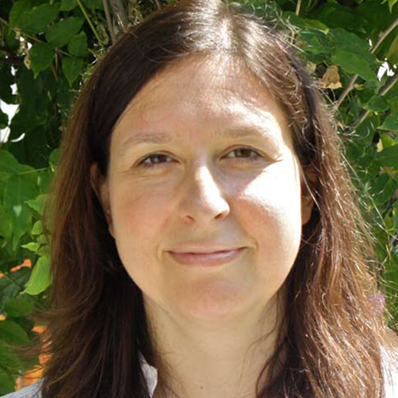Kim, Hosung
Associate Research Professor of Neurology
Currently, we are particularly focused on the morphometry of the perivascular space and non-invasive measurement of Glymphatic flow (a water flow system in the brain that helps clear waste products and toxins) using MRI and artificial intelligence. This research enhances our understanding of the underlying mechanisms involved in sleep disorders, accelerated brain aging due to poor sleep and impaired Glymphatic function, and neurodegenerative diseases such as Alzheimer's disease and other forms of dementia. Dr. Hosung Kim serves as the PI of NIDLL, and guides and coordinates the research efforts of the lab members. We welcome you to join the lab and participate in our valuable research.
Kutch, Jason
Associate Professor of Biokinesiology and Physical Therapy
Dr. Kutch investigates how brain dysfunction contributes to chronic pelvic pain and other chronic overlapping pain conditions (COPCs). His current research is focused on developing non-invasive brain stimulation and immersive virtual reality approaches for augmenting chronic pain treatment.
Lawrence, Katherine
Assistant Professor Of Research Neurology
Our research is focused on improving understanding of the brain in neurodevelopmental conditions and in typical development. To this end, we analyze large-scale human neuroimaging data using advanced computational methods to study brain connectivity, brain function, and brain structure. The long-term goal of our research is to inform how we can best support the unique strengths and needs of every neurodivergent individual.
Leahy, Richard M.
Professor of Electrical and Computer Engineering, Biomedical Engineering, and Radiology
My lab is focused on development of computational methods and software for analysis of human brain images (the BrainSuite software) and brain electrophysiology (the BrainStorm software). Application areas include the cognitive and clinical neurosciences.
Lee, Darrin Jason
The focus of my laboratory is to explore the underlying mechanisms and potential of neuromodulation for cognitive dysfunction and psychiatric disorders, such as Alzheimer’s disease, Parkinson’s disease, epilepsy, depression, obsessive compulsive disorder and schizophrenia. Specifically, we utilize multiple depth electrode local field potential recordings and functional ultrasound imaging to evaluate simultaneous electrophysiology, cerebral blood flow and functional connectivity in these disorders. Using these tools, our goal is to better understand the underlying pathophysiology and optimize our neuromodulation strategies. Our aim is to translate our preclinical findings into clinically relevant neuromodulation treatments. My clinical research is focused on evaluating potential new indications and targets for neuromodulation, such as deep brain stimulation (DBS), spinal cord stimulation and focused ultrasound.
Lepore, Natasha
Associate Professor of Research Radiology
My lab, the Computational Imaging of Brain Organization Research Group (CIBORG), focuses on developing advanced numerical methods to study brain anatomy and function using magnetic resonance imaging. Our work aims to deepen understanding of typical and atypical brain development, across both high- and low-resource settings. In parallel, we are creating software tools to support clinicians by providing quantitative assessments of medical images to enhance clinical decision-making.








